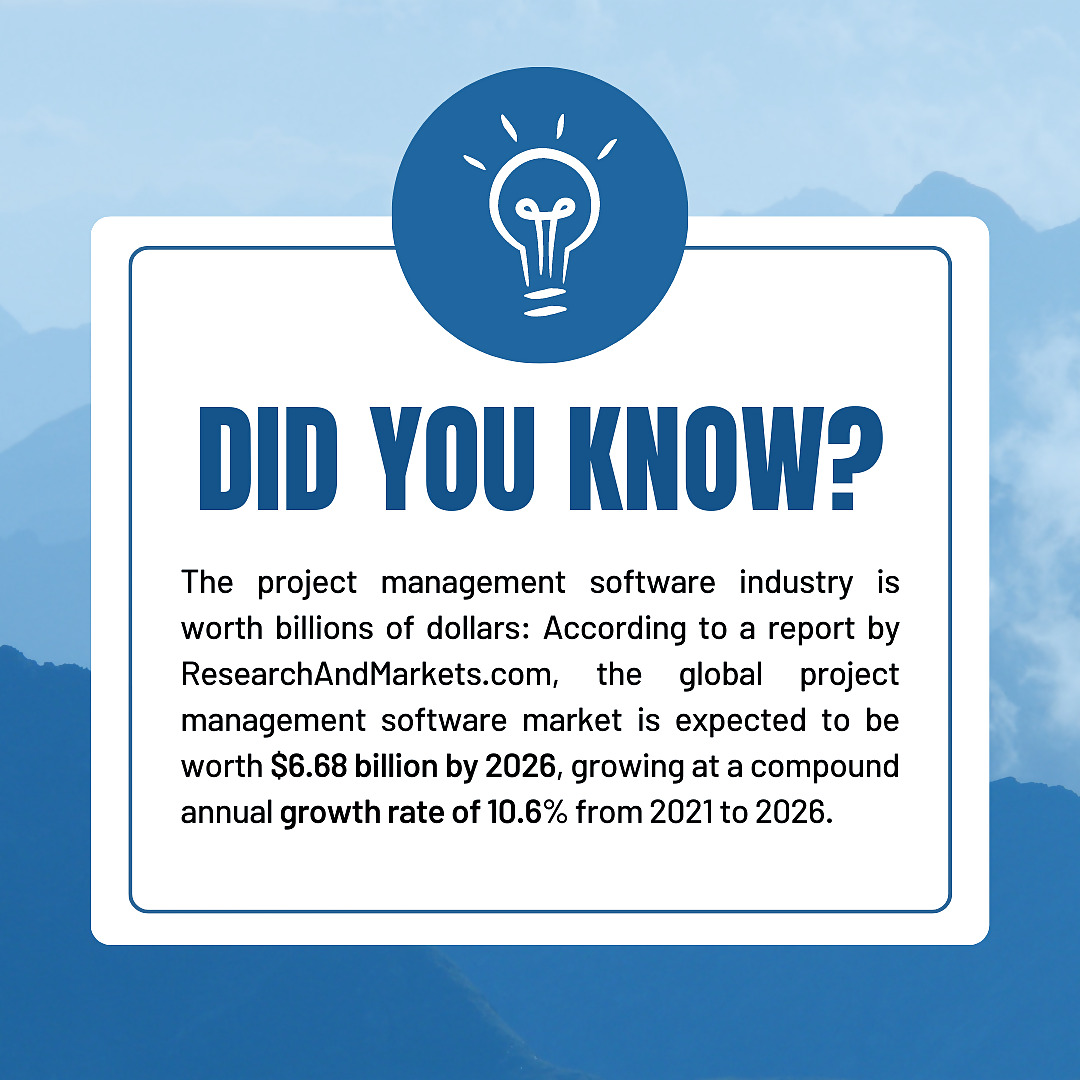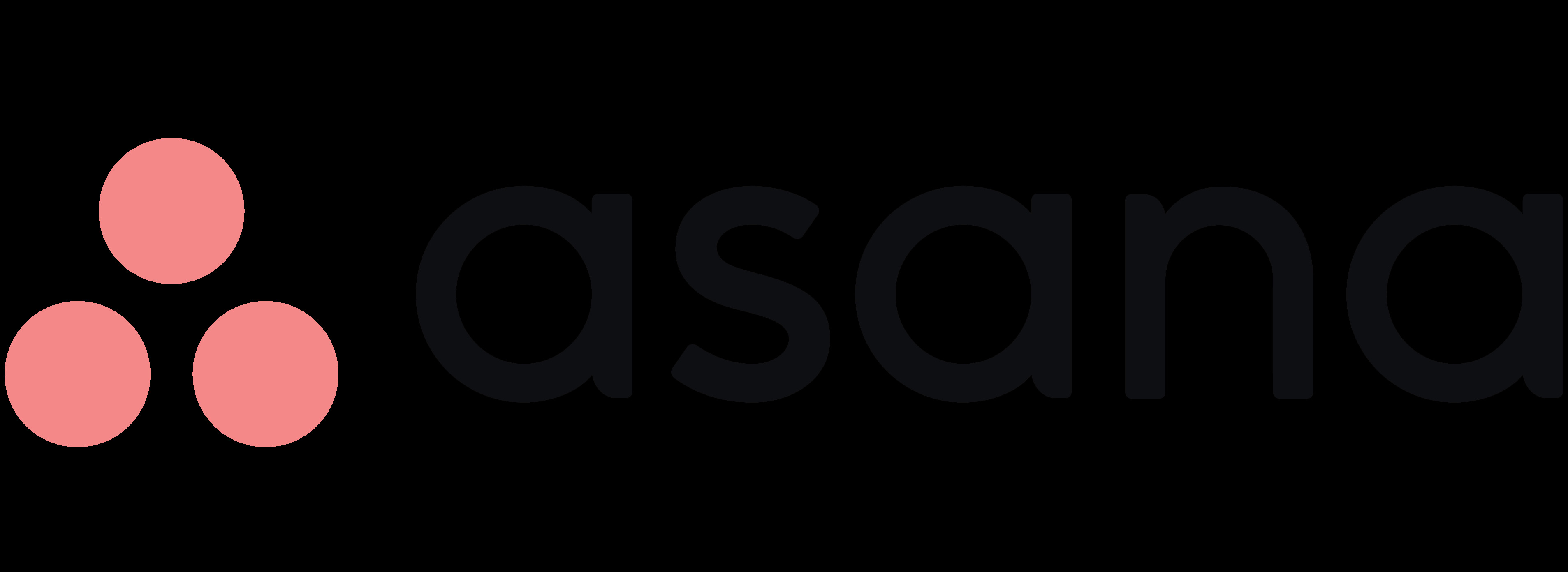
views
Agile project management tools are hard for many businesses to master, particularly regarding creating new software.
Okay, then what would happen if there was a better approach? What if there existed a method of project management that put a premium on adaptability, teamwork, and fluidity in the face of uncertainty? Now comes Agile project management.
Inside its pages, you’ll find a thorough examination of agile project management tools, from their origins to their methodology, advantages, and disadvantages.
Also covered is how agile technologies like Monday.com, Asana, and ClickUp aid in project management and the practical completion of projects.
The article’s emphasis will be on the reasons for the existence of these tools, namely how they aid in accomplishing objectives related to project administration, teamwork, and efficiency.
Everyone in today’s fast-paced corporate climate may benefit from knowing further about agile project management tools, whether they’re project managers, software developers, or just curious onlookers.
Start Using Monday.com >>
What Is Agile Project Management?
The iterative and collaborative methodology of agile project management, prioritizing the timely delivery of functioning software and continual improvement, has revolutionized how organizations approach software development.
Businesses of every type and across all sectors have adopted this technique, making it the de facto standard for effective project management.
What Is Project Management?
Planning, coordinating, and carrying out a project such that its goals and objectives are met within a specified time frame and financial constraint is what project management entails.

Evolution of Agile Project Management
Agile project management has its roots in the 1990s when a band of software professionals started to challenge the status quo of the more conventional Waterfall methodology.
They saw that Waterfall’s sequential, linear process made it hard to adjust to new needs and slowed down product delivery. Agile results from the group’s experimentation with a software development methodology emphasizing iteration and collaboration.
In 2001, a collection of software engineers joined together to describe a new methodology for creating software, and their efforts resulted in the Agile Manifesto. Agile Manifesto’s four guiding principles are as follows:
- Favoring improvisation over strict planning
- People and communication are more important than systems and apparatus
- Fully functioning program over thorough instructions
- Partnering with clients rather than negotiating contracts
These principles laid the groundwork for the growth of Agile approaches and are now the bedrock of Agile project management. The motivation for developing new agile methods is to make project management even more productive. Scrum, Kanban, Lean, and Extreme Programming (XP) are popular Agile approaches today. Each has its unique take on project management and software delivery.
Agile project management has a long and rich history marked by experimentation, creativity, and a dedication to producing high-quality work in shorter amounts of time.
Use Monday.com >>
Importance of Agile Project Management
There are several reasons software development benefits from agile project management tools. Some highlights include:
- Collaboration: In agile project management, developers and other stakeholders work together to create a successful end product. By working together, we can be confident that everybody is on the same page and contributing to the same objectives.
- Faster time-to-market: By emphasizing frequent builds and releases of functioning software, teams using agile project management may speed up the time it takes to bring their products to market.
- Improved customer satisfaction: Software that satisfies but delights the client is a common byproduct of the Agile project management methodology.
- Higher quality software: Agile techniques for managing projects stress the need for constant refinement and testing. This implies that errors and flaws in the program are discovered before they can spread.
- Flexibility: Agile project management is intended to be adaptable and open to new ideas and directions. As a result, teams won’t have to completely restart their efforts whenever market circumstances or consumer demands shift.
- Increased transparency: There’s a strong emphasis on communication and openness in agile project management approaches. By keeping everyone updated on project progress, problems may be seen and resolved faster.
Try Monday.com >>
Agile Methodologies
Regarding managing projects, agile is not a cookie-cutter method. Teams may use various approaches to put agile ideas into practice. Several of the most prevalent agile approaches are as follows:
Scrum
Scrum refers to an agile methodology for managing and finishing complicated projects. It entails slicing a large project into shorter, more manageable chunks (called “sprints”), lasting between two and four weeks.
It’s the responsibility of the product owner, the Scrum Master, and the developers that make up a Scrum team to provide functioning software after each sprint.
Kanban
Kanban is a kind of agile project management that prioritizes process visualization and limits WIP. Work and progress on a project may be seen on a Kanban board, which Kanban teams use.
Columns on the board reflect steps in the process, and in each column are to-do cards.
Lean
Lean is a subset of agile that aims to maximize value for the customer while eliminating waste. Lean groups strive for perfection by eliminating wasteful processes and working to shorten cycle times.
Extreme Programming
The agile approach to Extreme Programming (XP) aims to produce working software rapidly and efficiently without sacrificing quality.
XP teams prioritize constant monitoring, pair programming, and regular contact with stakeholders while working in short iterations (usually one to two weeks).
Agile Hybrid
The goal of an Agile Hybrid strategy is to address the unique requirements of a program or a team by incorporating aspects of several Agile approaches.
Scrum might manage projects, Kanban to visualize the workflow, and Lean to streamline the process.
Visit Monday.com >>
Comparison of Agile Methodologies
Organizations should choose the version of the Agile framework that best suits their requirements since each has its own set of advantages and disadvantages.
Kanban is great for visualizing and streamlining workflow, while Scrum is perfect for managing large projects with frequently changing needs. Lean reduces inefficiencies and increases customer value, whereas Extreme Programming excels at rapidly developing and releasing high-quality software.
Top 3 Agile Project Management Tools
Agile project management software may use several readily accessible applications and programs. Some of the most popular are listed here:
Monday.com

To use Monday.com for agile project management, users may design unique processes that mesh with popular Scrum and Kanban frameworks. The first moves to make are as follows:
- Create a board
- Add columns
- Create tasks
- Move tasks across columns
- Use automation
On Monday.com, you may choose from some subscription tiers, each of which comes with its own set of features and capabilities and its price. If you want to try out Monday.com before committing to a paid membership, you may do so with a 14-day free trial.
Consider Monday.com >>
Asana

Asana is an agile project management solution that allows users to design their processes following agile principles. Some methods for getting started are as follows:
- Create a project
- Add tasks
- Use sections
- Move tasks across section
- Use automation
Asana has many price tiers, each with features and capabilities. Even though Asana does not provide a completely free version, it offers a “Basic” subscription that allows users to access most of the platform’s capabilities at no cost.
Some more expensive plans include an obligation-free trial period so potential customers can try out the service without risk.
Use Asana >>
ClickUp

ClickUp is an option for agile project management since it allows users to design their processes following agile principles. The first stages are as follows:
- Create a space
- Add lists
- Add tasks
- Move tasks across lists
- Use automation
ClickUp’s price tiers and features vary depending on the user’s needs. Although ClickUp doesn’t provide a really free edition, the company offers a “Free Forever” package that enables you to use most of its services at no cost.
There’s also a complimentary trial period for a few premium packages, so interested parties may try out the service risking nothing by signing up for a paid membership until they are specific in its usefulness.
Try ClickUp >>
Role of Agile Project Management Tools in Successful Project Delivery
For managing agile projects, tools like Monday.com, Asana, and ClickUp are invaluable for providing a hub where teams can communicate, coordinate, and keep tabs on their work in one convenient location.
Sprints, user stories, and iterative development may all be implemented with the help of these technologies, making Agile processes and approaches more accessible. They provide tools like kanban boards, Gantt charts, and task lists to assist project managers and teams keep track of their work.
The purpose of these aids is to improve communication and coordination among members of Agile project management teams. Agile teams often use physical tools like smart boards, post-it notes, and flashcards to better envision their work and communicate with one another.
The workforce and the project at hand will choose which of these resources will be most helpful.
Check Out Monday.com >>
How Does Agile Project Management Work?
Agile is an incremental and iterative project management method that focuses on adaptability, teamwork, and client needs.
A project is divided into shorter periods (called “sprints”) to make it easier to complete. To understand precisely how agile project management works, consider the following steps:
- In Agile project management, the first step is always preparation
- The second step is to break a project into a series of sprints
- In the third stage, you should have a scrum or a stand-up meeting
- The fourth stage involves maintaining an open line of communication with all relevant parties
- The fifth stage is to have a debriefing session to discuss their progress and where they may make changes
- Proceed as described above again
Agile vs Waterfall Project Management: Which Is Right for Your Project?
Key contrasts exist between the Agile Vs Waterfall project management approaches managing projects. Agile is iterative and adaptable, dividing a project into manageable chunks, whereas Waterfall is sequential and requires a comprehensive strategy before beginning.
Agile stresses teamwork and constant feedback, whereas Waterfall depends on predetermined tasks.
Projects that need to be flexible and adaptable should use the Agile methodology, whereas projects with specific criteria and a well-defined strategy should use the Waterfall methodology. Selecting an appropriate methodology, such as Agile or Waterfall, will ultimately be driven by the program’s and the company’s requirements.
Visit Monday.com >>
Benefits of Agile Project Management
Several advantages, such as: may accrue to companies and teams when they adopt agile project management.
- Enhanced Quality: The constant testing and feedback encouraged by agile techniques may aid in finding and fixing faults at an earlier phase of the creation process, ultimately leading to better final products.
- Increased Customer Satisfaction: When stakeholders and consumers work together, everyone benefits from a deeper grasp of the project’s goals and objectives.
- Improved Efficiency: Iterative development and regular feedback, as advocated by agile approaches, may expedite and improve project completion.
- Improved Communication: Agile approaches encourage more open and frequent interaction between employees, stakeholders, and consumers, leading to more cooperation and harmony.
- Better Risk Management: Agile approaches advocate for a preventative strategy toward risk management by including frequent risk assessments and mitigation techniques in the design and development process.
- Improved Flexibility: With agile project management, you can swiftly adjust to shifting priorities and objectives and meet the evolving demands of the market and your customers.
Challenges of Agile Project Management
Agile project management certification has the potential to bring about many positive outcomes. Yet, it’s not without its share of difficulties that businesses and teams may encounter.
- Difficulties in Scaling Agile Projects: Larger, more complicated projects or companies may find it difficult to successfully use agile approaches without careful preparation and adoption.
- Cultural Differences: Although many businesses and management styles may benefit from the agility and adaptability fostered by agile methods, this isn’t always the case.
- Lack of Project Management Tools: An inability to access or master these tools and technologies might reduce the efficiency of agile project management since they’re essential to the methodology’s emphasis on collaboration and communication.
- Difficulty in Estimating and Planning: While agile approaches depend on iterative creation and rapid changes to requirements, it’s difficult to precisely predict project duration and cost.
- Resistance to Change: There may be pushback from teammates and other interested parties if a business fails to undergo a culture transition before using agile practices.
Use Monday.com Now! >>
Agile Project Management Certification: What You Need to Know?
An individual’s competence in the field of agile project management may be verified via a certification procedure. Independent bodies specializing in coaching, evaluation, and certification are the usual providers of such credentials.
The most widely accepted Agile project management certifications are as follows:
- Professional Scrum Master (PSM): Scrum.org, another well-known agile project management certification organization, offers the PSM certification. It’s centered on the Scrum methodology and verifies the knowledge and abilities necessary to be a Scrum Master.
- Agile Certified Practitioner (ACP): The ACP credential is presented by the International Consortium for Agile Software Development. It’s a certification that proves you’ve got what it takes to work in the agile space, and it’s not tied to any certain vendor or set of processes.
- PMI Agile Certified Practitioner (PMI-ACP): The Project Management Institute offers a credential known as the PMI-ACP (Project Management Institute Accredited Certified Practitioner). It verifies competence in the many areas of expertise an agile professional needs and encompasses many different types of Agile practices and frameworks.
- Certified ScrumMaster (CSM): The Scrum Alliance, the most prominent and well-respected Agile project management certification organization, offers the Certified Scrum Master (CSM) credential. It verifies that you have what it takes to perform the essential job of ScrumMaster in agile project management.
- SAFe Agilist: Scaled Agile, Inc. grants a certification called SAFe Agilist. It verifies that you have the expertise necessary to be an agile practitioner inside the Scaled Agile Framework (SAFe).
What Is Agile Project Management: Final Thoughts
Agile project management is a cutting-edge method that emphasizes adaptability, teamwork, and constant improvement.
It’s built on several concepts and practices that help groups adapt to new circumstances and swiftly provide valuable goods and services to customers.
Agile Project Management certification relies heavily on tools like Monday.com, ClickUp, and Asana. These programs let groups coordinate their efforts, organize their work, keep tabs on their tasks and processes, and see where their projects stand in real-time.
Increased team efficiency and productivity are vital components of Agile project management, and these technologies may help. There’s optimism regarding the prospects of agile project management certification as more and more companies embrace agile approaches to adapt to the dynamic nature of the business world.
Try Monday.com >>
This is a Partnered Post.



















Comments
0 comment